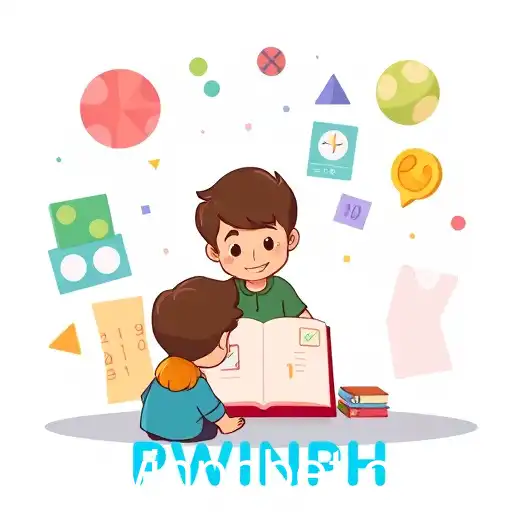PHWINPH | Exploring the Impact of Educational Games: A Deep Dive into Learning with PHWINPH

In the ever-evolving landscape of education, technology continues to be a catalyst for change, particularly through the integration of digital tools that enhance the learning experience. One such innovation making waves is the category of educational games, a dynamic segment that combines entertainment with learning to create engaging educational experiences. Under the keyword 'PHWINPH,' these games are rapidly gaining popularity among educators and learners alike.
Educational games designed under the PHWINPH category serve a dual purpose: they captivate students' interest through interactive gameplay, while simultaneously imparting valuable educational content. This approach not only enriches traditional learning methodologies but also caters to diverse learning styles, providing an inclusive platform for students to grasp complex concepts more effortlessly.
PHWINPH educational games cover a wide array of subjects and skill sets, ranging from mathematics and science to language arts and critical thinking. These games often incorporate levels, challenges, and rewards, mirrors of the familiar components of gaming that make them particularly appealing to young learners. By fostering a competitive spirit and allowing for self-paced progress, these games motivate students to engage with their subjects more deeply and retain information more effectively.
A key takeaway from the burgeoning use of educational games is their potential to democratize education. Access to a device and the internet opens up a world of knowledge that can supplement traditional classroom education, providing resources to students in under-resourced areas who might otherwise face educational barriers.
Furthermore, within the PHWINPH keyword framework, educators have the opportunity to track progress and identify areas where students may need additional support. Many educational games offer feedback and analytics, allowing teachers and parents to personalize learning experiences and address specific strengths and weaknesses.
In conclusion, the integration of educational games into the learning environment, especially under the PHWINPH keyword, represents a forward-thinking approach to education. By blending the captivating elements of gaming with curriculum-aligned content, these innovative tools are transforming education into an engaging, accessible, and enjoyable adventure for students around the globe.



